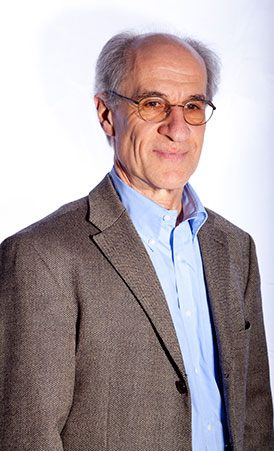P 13 - Prof. Dr. Matthias Müller
Signal sequence-dependent assembly of E. coli translocon subunits
| Prof. Dr. Matthias Müller Institut für Biochemie und Molekularbiologie Stefan-Meier-Str. 17 Phone: +49 761 203-5265 Fax: +49 761 203-5274 |
Project Summary
The Tat translocon transports proteins across bacterial, archaeal and thylakoidal membranes. Its substrates carry a twin-arginine motif in their signal sequence and for the most part adopt a completely folded conformation prior to transport. Tat transport requires the H+-gradient at the membrane and in bacteria, such as E. coli, the cooperation of the membrane proteins TatA, TatB, TatE and TatC. Hetero-oligomeric TatBC complexes function as receptors sites for Tat substrate proteins, but how the conversion of these receptor complexes into translocating devices is coupled to the recruitment of TatA and TatE, is not known. We propose to elucidate the mechanism of this transition by reconstituting the purified TatABCE proteins into transportcompetent proteoliposomes. By limiting the amount of TatA/E during reconstitution we will try to stall a Tat substrate within the Tat translocon immediately before transport and determine its molecular environment by site-specific photo cross-linking. The coupling of the H+-gradient to the formation of an active Tat translocon from the reconstituted TatABCE components will be investigated through the co-reconstitution of a bacterial sodium/proton-exchanger into the proteoliposomes and by the use of a compound that interferes with modification of TatC by protonation. Stalled transport assemblies will also be sought by employing novel inhibitors of the Tat pathway, truncated substrate proteins and transport-blocking fusion proteins. We will investigate how the Tat translocon is modified to achieve functional specificity toward a distinct class of substrates, which rather than being completely translocated become membraneintegrated via a C-terminal transmembrane helix. | |


